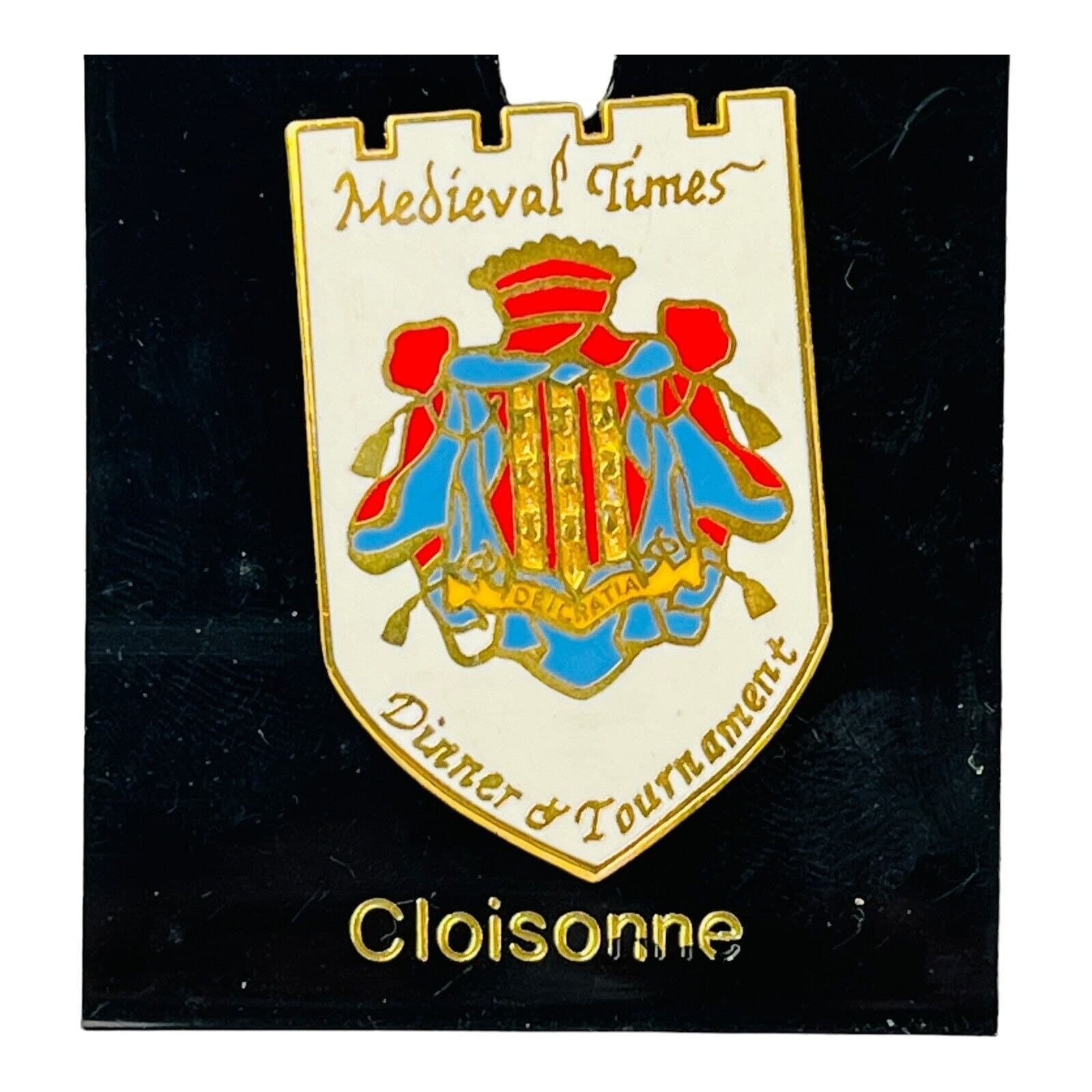Introduction
Custom lapel pins—those small but mighty accessories—have a rich history that’s as intricate as the designs they boast. From military insignias to quirky fashion statements, these pins have evolved remarkably over the centuries. Let’s dive into the captivating evolution of custom lapel pins and explore how they’ve become a beloved emblem of style, culture, and identity.
Source:https://www.fratline.net/store/custom-lapel-pins/1000-custom-die-struck-lapel-pins-for-799/
Early Beginnings
The Birth of Lapel Pins
Lapel pins didn’t just pop up out of nowhere. They have roots dating back to ancient civilizations where similar items were used as badges of honor or symbols of affiliation. Roman soldiers, for instance, wore fibulae—decorative brooches—to fasten their cloaks and signify their ranks.

Source:https://www.ebay.com/itm/255946994531
Medieval Europe
Fast forward to medieval Europe, where lapel pins began to take on more decorative forms. Nobility and knights donned intricately designed pins to signify their allegiance to particular houses or orders. These early pins were often made of precious metals and adorned with gemstones, making them not just functional but also status symbols.

Source:https://www.etsy.com/listing/1730622943/vintage-medieval-times-lapel-pin-dinner
The Military Connection
The Rise of Military Insignias
The military’s use of lapel pins took a significant leap during the American Civil War. Soldiers started wearing pins to denote their regiments, ranks, and achievements. These early custom lapel pins were essential for identification and boosting morale.

Source:https://www.ebay.com/itm/302916448916
World Wars and Beyond
The World Wars saw a proliferation of lapel pins, with each country designing unique insignias for their troops. Veterans returning home wore their pins with pride, a tradition that continues today. These pins serve as tangible reminders of service and sacrifice.
Lapel Pins in Popular Culture
The 1960s and 70s
Lapel pins began to seep into popular culture during the 1960s and 70s. The counterculture movement adopted pins as a way to express political views and social causes. From peace symbols to protest slogans, pins became miniature billboards for activism.
Source:https://www.ebay.com/itm/133310615765
The Rise of Collectibles
In the 1980s and 90s, custom lapel pins saw a surge in popularity as collectibles. Events like the Olympics, comic conventions, and music festivals started producing limited-edition pins, sparking a frenzy among enthusiasts. Pin trading became a popular hobby, with some pins becoming highly sought-after treasures.
Source:https://www.ebay.com/itm/165534541321
Modern-Day Custom Lapel Pins
Fashion Statements
Today, lapel pins are a staple in the fashion world. Designers incorporate them into their collections, and influencers flaunt them as part of their personal style. From minimalist designs to elaborate creations, there’s a lapel pin for every taste.
Corporate and Marketing Uses
Businesses have also jumped on the lapel pin bandwagon. Companies use custom pins as promotional items, employee recognition awards, and brand loyalty tokens. These small pins can pack a big punch in terms of brand visibility and customer engagement.
The Making of Custom Lapel Pins
Designing Your Pin
The process of creating a custom lapel pin starts with a design. Whether it’s a simple logo or a detailed piece of art, the design is the heart of the pin. Modern technology allows for incredible detail and customization, making it easier than ever to bring your vision to life.
Production Process
Once the design is finalized, it goes through several production stages:
- Die Striking: The design is stamped onto a metal sheet.
- Polishing: The pin is polished to achieve a smooth finish.
- Plating: The pin is plated with a metal finish, such as gold or silver.
- Enameling: Color is added using enamel, which is then baked to harden.
- Attachment: A pin backing is attached, completing the process.
FAQs
What materials are used in custom lapel pins?
Custom lapel pins can be made from various materials, including metal, enamel, plastic, and even wood. The choice of material depends on the desired look, feel, and budget.
How can I design my custom lapel pin?
Most manufacturers offer design services or online tools to help you create your pin. You can start with a sketch or idea and work with a designer to refine it. There are also templates available to guide you.
Are custom lapel pins expensive?
The cost of custom lapel pins varies based on factors like size, material, and quantity. However, there are options to fit almost any budget, from affordable bulk orders to high-end, intricate designs.
How long does it take to produce custom lapel pins?
Production times can vary, but typically, it takes about 2-4 weeks from design approval to delivery. Rush orders are often available for an additional fee.
Conclusion
The evolution of custom lapel pins is a testament to their versatility and enduring appeal. From ancient badges of honor to modern fashion statements and marketing tools, these tiny pins have made a significant impact throughout history. Whether you’re a collector, a business owner, or just someone who appreciates a good accessory, there’s no denying the charm and significance of custom lapel pins.
So next time you see a lapel pin, take a moment to appreciate its journey and the story it tells. Who knows? Maybe you’ll be inspired to start your own collection or design a pin that speaks to your unique style and story. Happy pinning!



